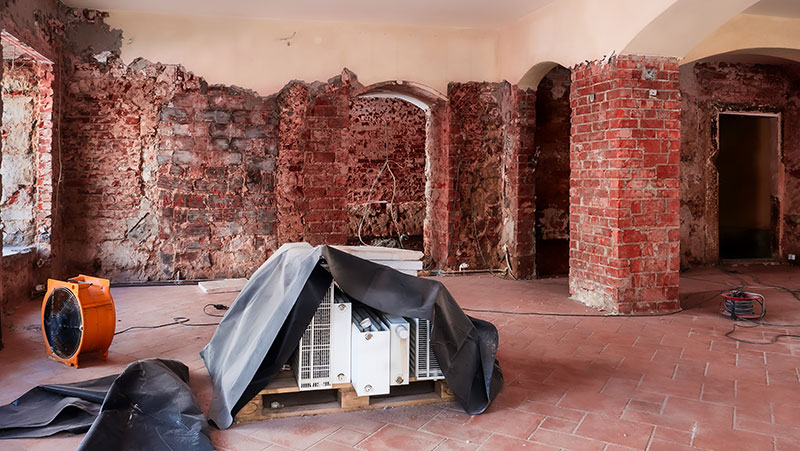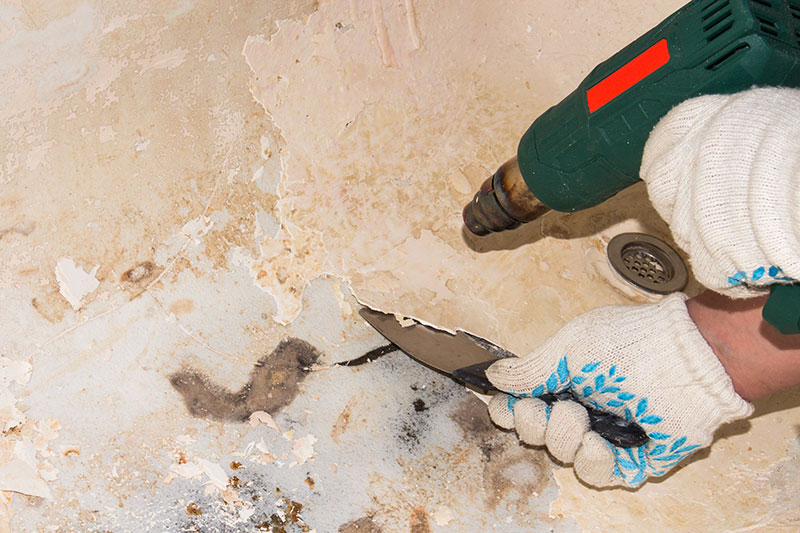Advertisement
Restoring your home after severe flooding can be challenging. Fixtures and furniture are damaged, and molds may grow. In many cases, hiring a home restoration company is the preferred choice as it could systematically fix the home. On the other hand, if you have the resources, tools, and skills to rebuild your home, you may also work on your home recovery.
Suppose you plan to restore your home on your own. In that case, a checklist is necessary to guide you on what to secure and look for before, during, and after restoration. For that purpose, here’s an article to help you. So, read on!
- Food And Water Sanitation Checkup
Food and water are necessities. In severe floods, debris and grime may be brought inside the house. When unremoved in time, these may contaminate the food and water in one’s home. To avoid this, you may need to check the spaces where your food and water are kept. If you’re storing them in your fridge, you may need to check and clean the appliance as soon as possible.
In addition, you may need to check your plumbing system and water sources if they’re affected by the flood. You may check the pipes for leaks and cracks. If the damage is minimal, you could fix them yourself. However, if the damage is severe, you should call for a professional Boulder water restoration services or any professional plumber nearby to repair them.
- Mold And Mildew Removal
Molds and mildews may cause allergies that may lead to more severe allergic reactions, especially to people with a history. To prevent this, you may need to remove them quickly. In doing so, you must check the low-lying spaces of your house, including the basement. You may also inspect the pileup of paper products and upholsteries that may have been soaked in flood.
Moreover, you may check the undersides of fixtures and furniture to see if molds have grown in these spaces. If you notice that molds and mildews start to thrive in these areas, you could scrape them. Molds and mildews may grow anywhere, so you need to check even the hard-to-reach areas. If you’re in Lafayette, you may seek help from any Lafayette water restoration pros in your area to help you get rid of the pesky molds.
- Electrical Systems Inspection
Running a thorough inspection is essential as damaged wirings may cause fire and other hazards. Before you inspect the electrical systems, you may need to turn off the breaker so you can check the potential damages safely. Then, you could check the different connections drenched in flood.
It would be best to hire professional services to help you inspect and fix your electrical systems. Just pick the one offering a vast array of electrical services that suits your needs and budget, so your issues are addressed posthaste.
- Carpet And Furnishings Cleanup
The carpets and the furnishings are some of the most damaged by floods. In some cases, they’re salvaged or repurposed. On the other hand, other homeowners save them by drying and cleaning them as soon as possible. If you have flooded basements, the task of cleaning them may be doubled because most of these are likely to be soaked deeper and longer.
To do this, you may need to lift the curtains and other furnishings away from wet carpets and flooring. You may need to remove the debris and dirt on their surfaces for the carpets first manually. Then, vacuum them to detach the remaining dirt and air-dry them to ensure that they’re completely dry.
- Wall, Woodwork, And Flooring Cleanup

Floods typically leave marks on walls and floors. To remove these, you may need to scrub the walls and floors hard enough to detach the dirt but not abrasive enough to peel off their outer layers. In many cases, wood-based wall panels weaken when drenched in floodwater. To keep them stable, you may need to replace their bases or replace them entirely so your walls would remain intact.
- Flood Insurance Retrieval
Many homeowners file for flood insurance to cover somehow the losses caused by flooding. After the disaster, securing the documents needed in claiming flood insurance is one way to rebuild a house. Since restoration can be expensive, flood insurance can help you trim down the costs.
Wrapping Up
Restoring a home after severe flooding requires more than hard work and budget. In many cases, careful planning is necessary to save what could still be used and dispose of what needs to be thrown away. In restoring a property after flooding, you may need to use the checklist expounded in this article to make your post-disaster cleaning more manageable.
The checklist can be used to clean your property on your own or hire a home restoration company. Either way, it’ll speed up, improve the cleaning process, and address immediate needs during restoration.

